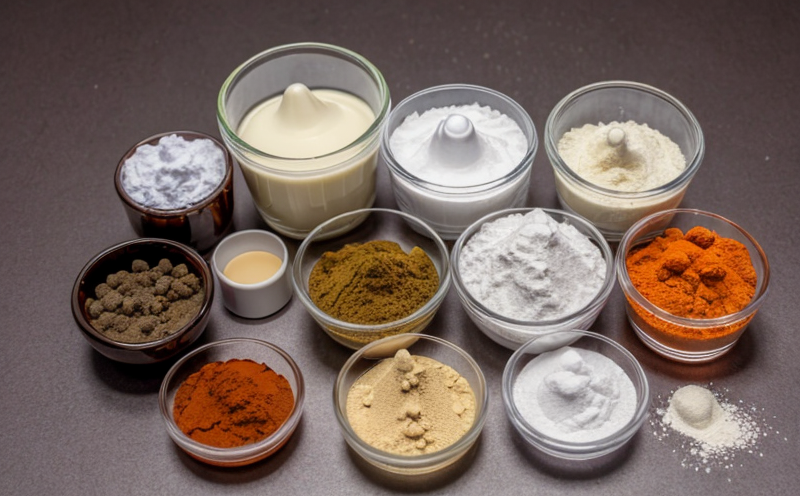Refractive Index Testing
The refractive index is a fundamental optical property that quantifies how much light bends as it passes through a material. This parameter plays a crucial role in the pharmaceutical industry, particularly for excipients and formulation ingredients testing. Understanding this value helps ensure product quality, consistency, and safety.
Refractive index measurement involves determining the ratio of the speed of light in vacuum to its speed within a substance. It is typically expressed as a dimensionless number nD, where D stands for the yellow sodium D-line (589 nm). This value varies depending on the wavelength of light used and the temperature and pressure conditions.
In pharmaceutical testing, refractive index measurement is essential for several reasons:
- Material Identification: It aids in identifying unknown substances or confirming the purity of excipients.
- Quality Control: Ensures that formulations meet specified standards and batch-to-batch consistency.
- Compatibility Assessment: Evaluates the compatibility between excipients and active pharmaceutical ingredients (APIs).
- Dosage Form Design: Assists in designing dosage forms by ensuring accurate material proportions.
The testing process typically involves preparing a sample of the excipient or formulation ingredient, mounting it on a refractive index measurement cell, and exposing it to light. The optical properties are then analyzed using specialized equipment such as Abbe refractometers or digital polarimeters.
Accurate and precise refractive index measurements require careful sample preparation, calibration of instruments, and adherence to international standards like ISO 15194 for refractive index measurement. Compliance with these standards ensures that the test results are reliable and can be trusted in regulatory submissions.
The pharmaceutical industry's reliance on excipients has grown significantly over recent years. Excipients serve multiple functions within a formulation, including providing stability, facilitating processing, and improving drug delivery. Therefore, ensuring their quality through rigorous testing is vital to maintaining product safety and efficacy.
Refractive index testing provides critical insights into the physical properties of excipients and other formulation ingredients. By accurately measuring this parameter, laboratories can contribute significantly to the development of safe, effective pharmaceutical products.
Why Choose This Test
The refractive index test is indispensable in ensuring high-quality pharmaceutical formulations. Here are several compelling reasons why choosing this test is advantageous:
- Precision and Accuracy: Refractive index measurement offers precise results that can be relied upon for regulatory compliance.
- Non-Invasive: The method does not alter the sample, preserving its integrity for further analysis if necessary.
- Rapid Turnaround: Efficient testing processes enable timely feedback and faster decision-making.
- Comprehensive Data: Provides detailed insights into material properties beyond just refractive index values.
- Regulatory Acceptance: Widely accepted by regulatory bodies worldwide, ensuring that data can be used in international markets.
- Cost-Effective <|im_start|><|im_start|>⚗️





